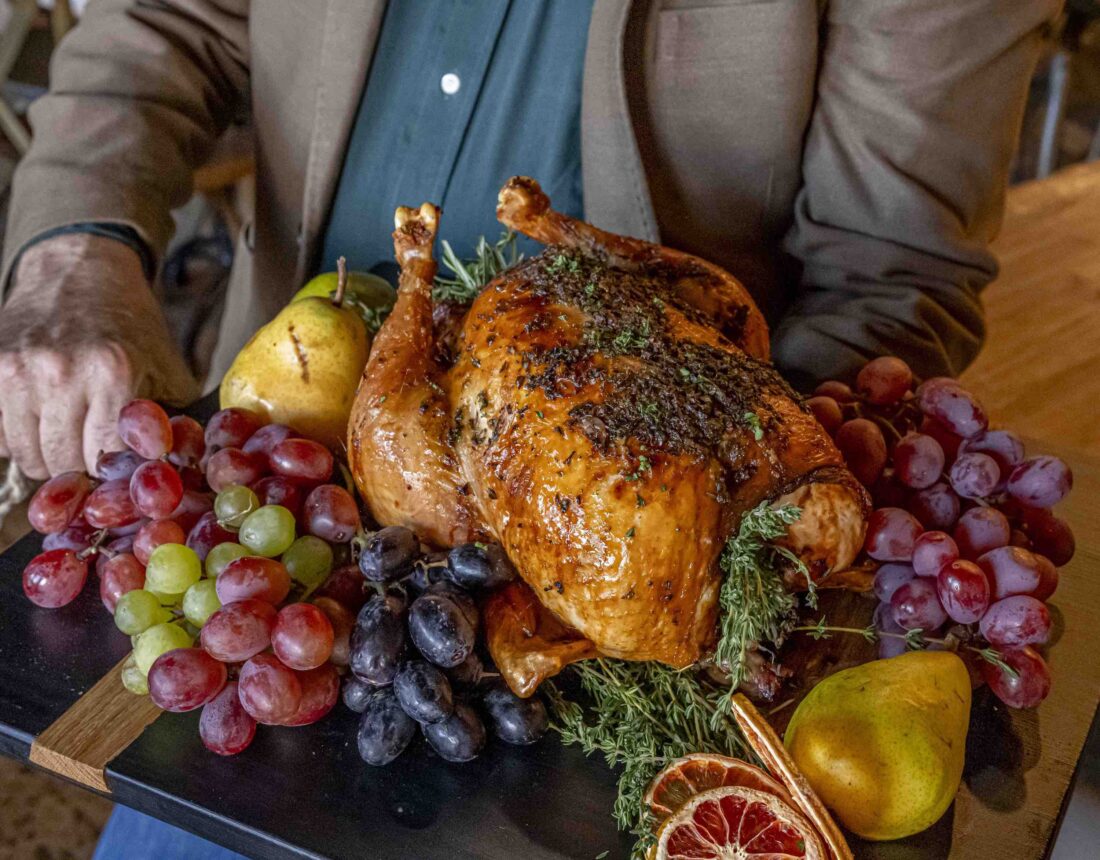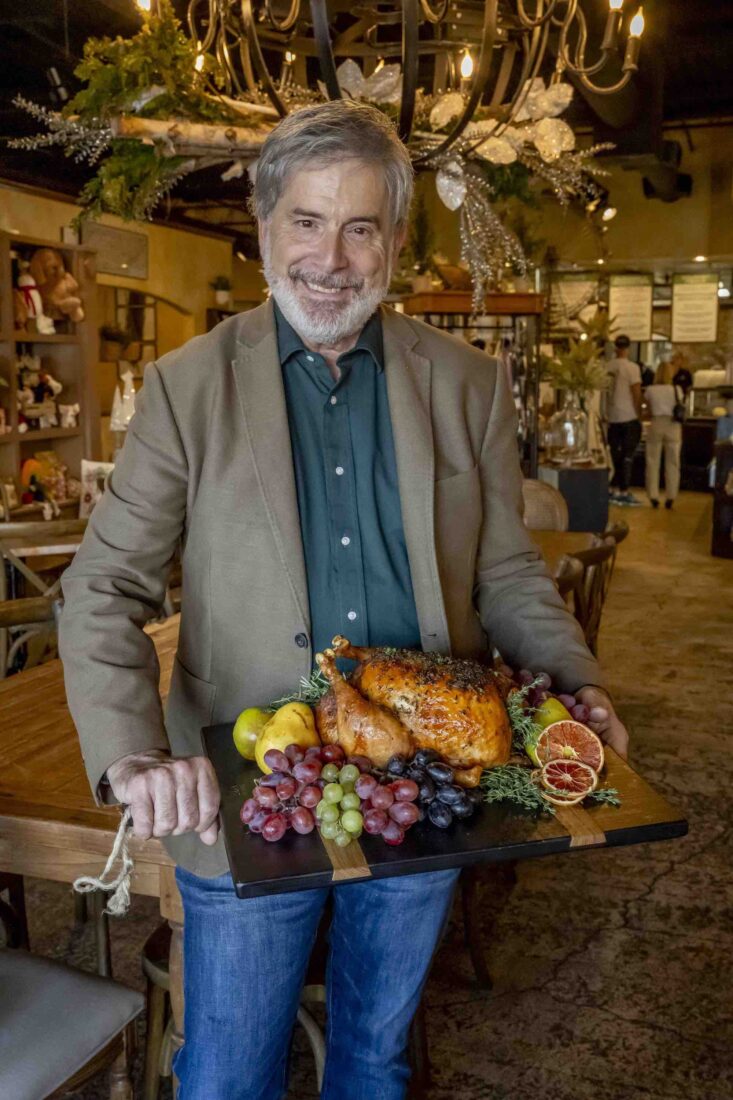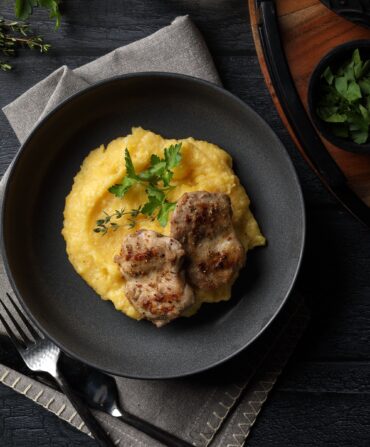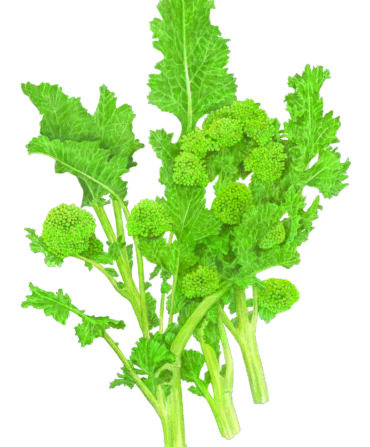“Roasting, when it’s done right, is the best way to cook a turkey,” says Jim Hagy, who opened Chef’s Market Cafe & Takeaway in Goodlettsville, Tennessee, just north of Nashville, in 1997. “And to roast a turkey right, you need to think about locking in heat and moisture.”
Hagy hits that mark by bypassing frequent basting, which he contends actually dries out the meat from repeatedly opening the oven door, in favor of a liberal application of flavorful herb butter under the turkey skin.

He’s also a big believer in letting a meat thermometer determine when a bird is fully cooked. “Folks like to act like they can tell when a turkey is done by looking at it or poking it, but that’s a fast road to disappointment. Guesswork is fine for some things, but not when you’re feeding people during the holidays,” he says. “I’ve been at this long enough to know that shortcuts don’t cut it. We’ve used the same recipe and perfected this method consistently for decades.”








